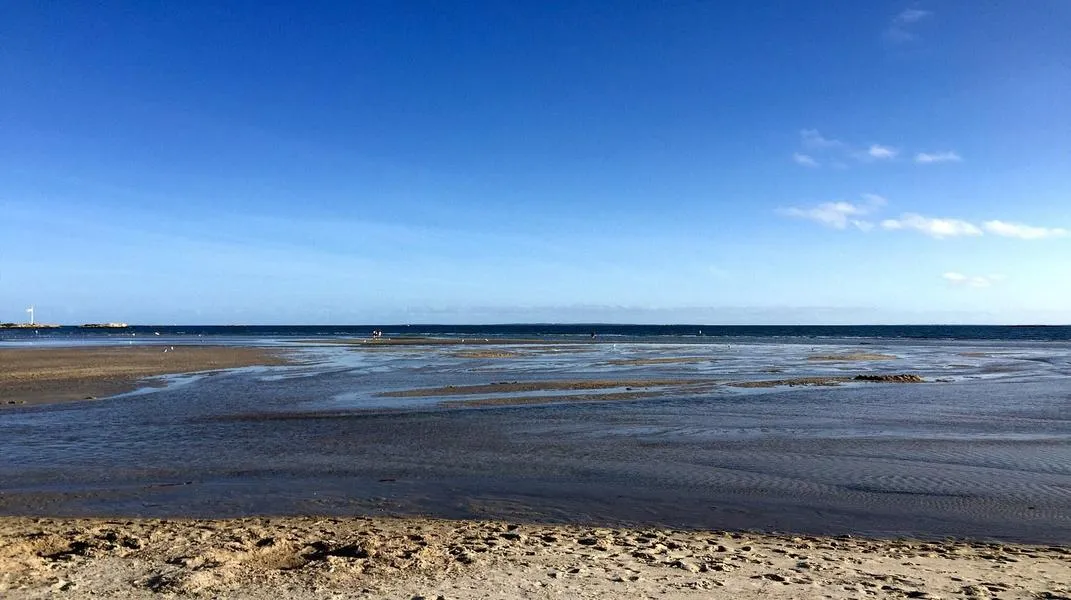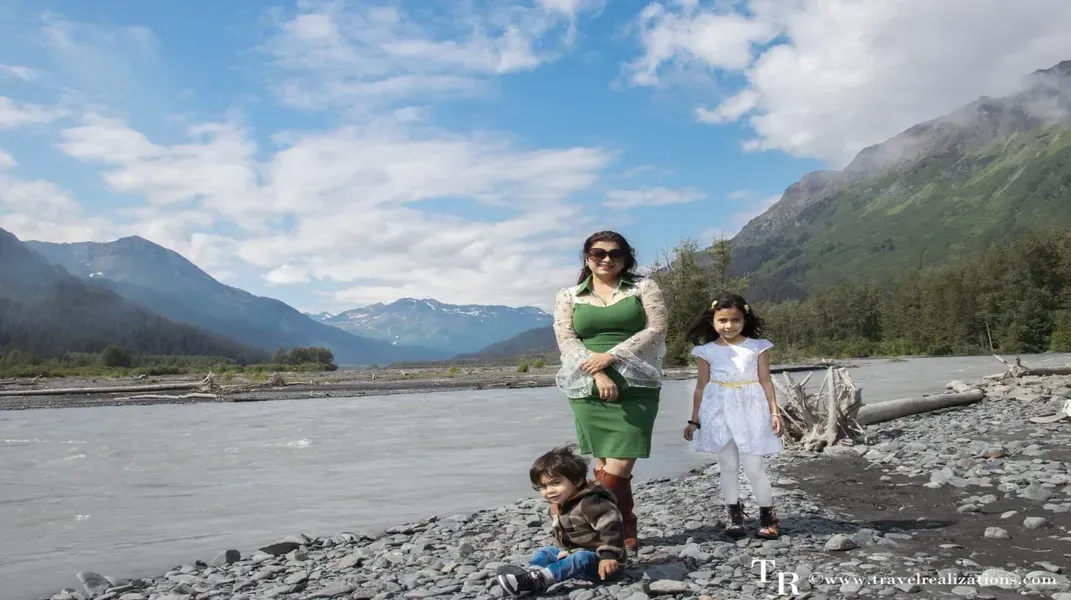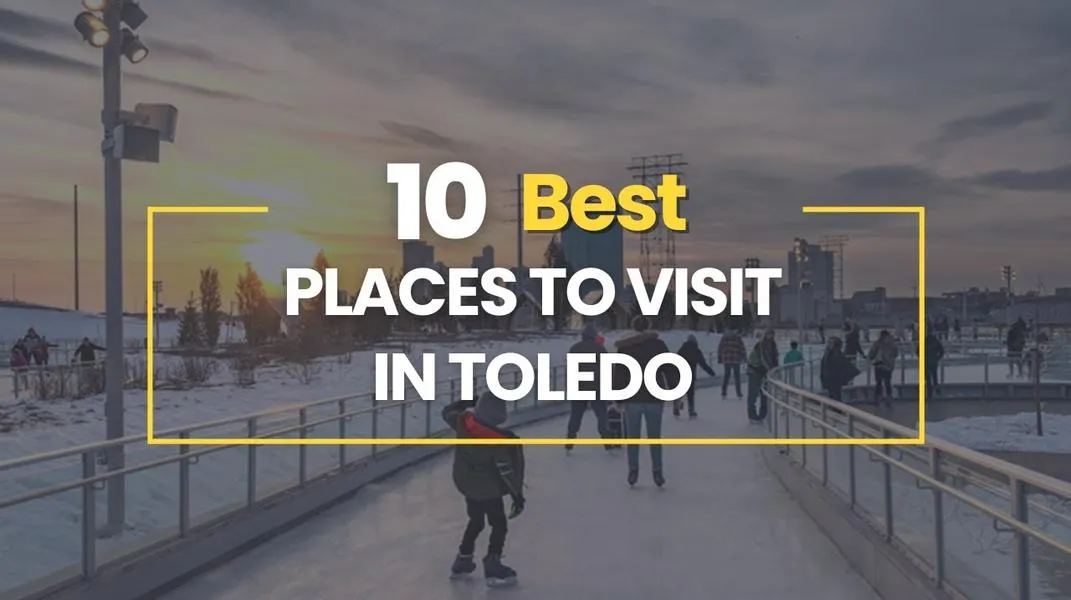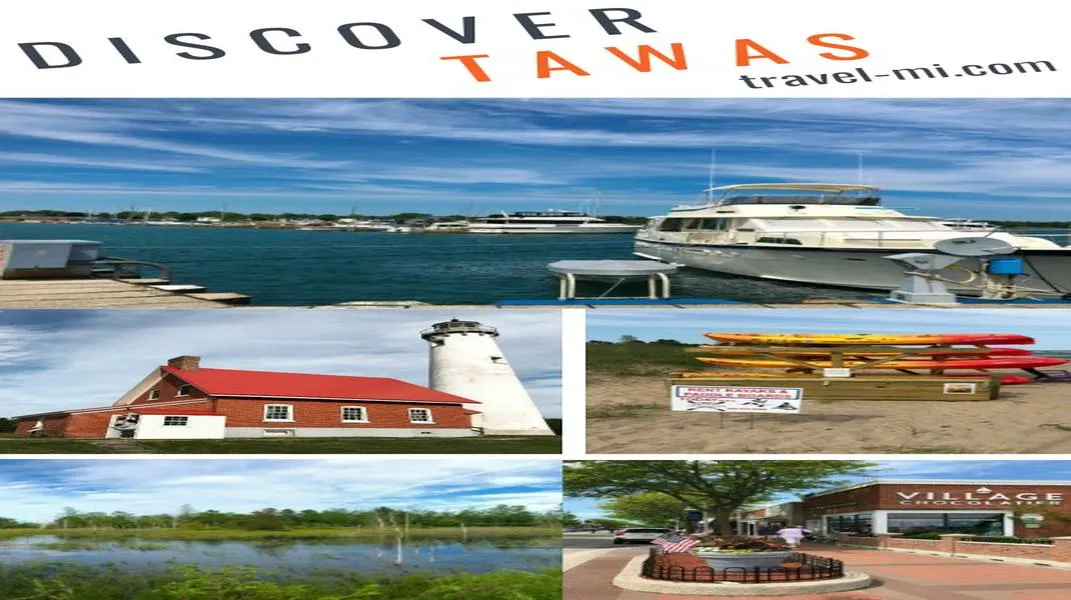Discovering Barcelona: A Comprehensive Guide to Spain’s Architectural Gem
Barcelona, the capital of Catalonia, is a vibrant city that seamlessly blends the old with the new, tradition with innovation. With its stunning architecture, rich history, and lively culture, Barcelona stands as one of the most sought-after tourist destinations in the world. Each corner of the city whispers stories of its past, while its modernity and spirit invite visitors to explore, experience, and enjoy. This article will delve into the myriad attractions of Barcelona, offering a detailed guide for prospective visitors, including essential materials to prepare for your trip.
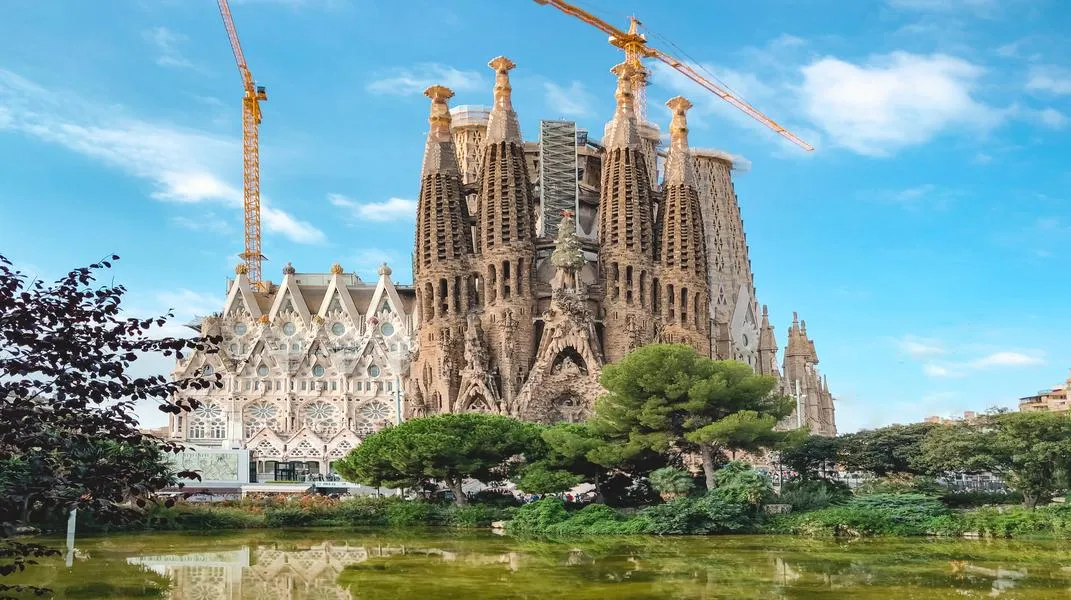
The Allure of Barcelona
Barcelona is renowned for its unique architectural styles, particularly the Modernisme movement, which reached its peak during the late 19th and early 20th centuries. The city is home to several UNESCO World Heritage Sites, largely thanks to the work of the legendary architect Antoni Gaudí. His masterpieces, including the iconic Sagrada Familia and Park Güell, are must-see attractions that exemplify the city’s artistic spirit.
Key Tourist Attractions
1. Sagrada Familia
No visit to Barcelona is complete without marveling at the Sagrada Familia. This basilica, designed by Antoni Gaudí, has been under construction since 1882. Its intricate facades and towering spires are a testament to Gaudí's genius, blending Gothic and Art Nouveau styles. Visitors can explore the interior, which is just as breathtaking, featuring stained glass windows that create a kaleidoscope of colors when sunlight filters through.
Tip: Purchase tickets online in advance to avoid long queues. Consider booking a guided tour to fully appreciate the basilica's history and architectural significance.
2. Park Güell
Another Gaudí creation, Park Güell is a public park filled with whimsical structures, vibrant mosaics, and lush gardens. The park offers panoramic views of the city and is a perfect spot for leisurely strolls and photography. The colorful dragon fountain at the entrance and the serpentine bench are particularly famous.
Tip: Entry to the monumental zone is ticketed, so plan ahead.
3. La Rambla
A stroll down La Rambla is essential for any visitor. This bustling street stretches from Plaça de Catalunya to the waterfront and is lined with shops, cafes, and street performers. Take time to stop at La Boqueria, a vibrant market where you can sample local delicacies and fresh produce.
Tip: Watch out for pickpockets in crowded areas and keep your belongings secure.
4. Gothic Quarter (Barri Gòtic)
The Gothic Quarter is the historic heart of Barcelona, featuring narrow medieval streets, charming squares, and significant landmarks such as the Barcelona Cathedral. The area is rich in history, with remnants of Roman walls and Gothic architecture that transport you back in time.
Tip: Consider joining a walking tour to learn about the history and hidden gems of the neighborhood.
5. Casa Batlló and Casa Milà (La Pedrera)
Both buildings are stunning examples of Gaudí's innovative style. Casa Batlló, with its organic shapes and colorful facade, showcases Gaudí's ability to blend art with architecture. Casa Milà, known as La Pedrera, features a wave-like stone facade and a rooftop with surreal chimney sculptures.
Tip: Visit during the evening for a unique experience of these buildings illuminated.
6. Montjuïc Hill
Montjuïc offers a wealth of attractions, including the Magic Fountain, the Montjuïc Castle, and the Olympic Stadium. The hill provides some of the best views of Barcelona and is an excellent place for hiking and outdoor activities.
Tip: Take the cable car for a scenic ascent to the castle.
7. Camp Nou
For football enthusiasts, a visit to Camp Nou, home of FC Barcelona, is a must. The stadium tour includes access to the museum, where you can learn about the club's illustrious history and see trophies, interactive exhibits, and memorabilia.
Tip: Book your tickets online to skip the line.
8. Picasso Museum
Art lovers should not miss the Picasso Museum, which houses one of the most extensive collections of artworks by Pablo Picasso. The museum focuses on his formative years and is located in the heart of the Gothic Quarter, making it easy to combine with other attractions.
Tip: Free admission is offered on Thursdays after 6 PM and the first Sunday of each month.
Preparing for Your Trip
To fully enjoy your visit to Barcelona, proper preparation is key. Below is a detailed list of materials and considerations to keep in mind as you plan your trip.
1. Travel Documents
- Passport: Ensure your passport is valid for at least six months beyond your planned stay.
- Visa: Depending on your nationality, check if you need a Schengen visa for entry into Spain.
2. Accommodation
- Booking: Research and book your accommodation in advance. Options range from luxury hotels to budget hostels and Airbnb rentals. Consider areas like Eixample, Gothic Quarter, or El Born for proximity to attractions.
- Location: Choose a central location to minimize travel time between attractions.
3. Transportation
- Airport Transfers: Decide how you will reach your accommodation from the airport. Options include taxis, shuttles, or public transportation (Aerobus).
- Public Transport: Obtain a T-10 transport card, which allows for ten rides on the metro and buses. The metro is efficient and covers most tourist areas.
- Walking: Barcelona is a walkable city, so comfortable shoes are essential.
4. Tickets and Reservations
- Attractions: Book tickets for popular attractions like Sagrada Familia, Park Güell, and Casa Batlló in advance to avoid long wait times.
- Tours: Consider booking guided tours for a deeper understanding of the history and architecture of the city.
5. Essentials to Pack
- Clothing: The best time to visit Barcelona is during spring (April to June) and fall (September to October) when the weather is mild. Pack light, breathable clothing, comfortable walking shoes, and a light jacket for evenings.
- Sun Protection: Bring sunscreen, sunglasses, and a hat, especially if you plan to visit parks and outdoor attractions.
- Adapters: Spain uses Type C and F plugs, so pack a universal travel adapter if needed.
6. Local Currency
- Currency: The currency used in Barcelona is the Euro. It’s advisable to have some cash on hand for small purchases, though credit cards are widely accepted.
- Exchange Rates: Check the current exchange rate and consider using international ATMs for better rates.
7. Language
- Language: While Spanish is the official language, Catalan is also widely spoken. Basic knowledge of common phrases can enhance your experience.
- Helpful Phrases:
- “Hola” (Hello)
- “Gracias” (Thank you)
- “Por favor” (Please)
- “¿Dónde está…?” (Where is…?)
8. Local Etiquette
- Dining: Spaniards eat dinner late, often around 9 PM. Tipping is appreciated but not obligatory; rounding up the bill is common.
- Cultural Sensitivity: Respect local customs and traditions, particularly in Catalonia, where regional identity is strong.
Conclusion
Barcelona is a city that captures the heart and imagination of all who visit. From its stunning architecture and rich history to its vibrant culture and culinary delights, there’s something for everyone in this enchanting city. By preparing adequately and planning your itinerary, you can maximize your experience and create lasting memories. Whether you’re wandering the streets of the Gothic Quarter, savoring tapas in a local bar, or gazing up at the towers of the Sagrada Familia, Barcelona promises to be an unforgettable destination that leaves you yearning to return. So pack your bags, gather your materials, and get ready to embark on a journey through one of Europe’s most captivating cities!

